When it comes to your car, you want to make sure that everything is in good working order. That means taking care of small things like the temperature gauge, which can tell you when something is wrong with your vehicle's cooling system. Luckily, testing a temperature gauge is a relatively simple process that can be done with a multimeter. In this blog post, we'll walk you through how to test a temperature gauge. Let’s get started.

What is a temperature gauge?
A temperature gauge is an instrument used to measure the temperature of a vehicle's engine. It helps drivers monitor the operating temperature of their vehicles, and alert them if it goes beyond certain limits. This helps them take any necessary measures to prevent potential damage to their vehicle's engine. Temperature gauges come in several types, such as digital displays, mechanical dials, and warning lights.
In addition to monitoring the temperature of the engine, some temperature gauges also provide a range of other functions, such as indicating oil pressure, fuel economy, and cabin air temperature. Temperature gauges are important components that help keep vehicles safe and running smoothly. They are usually located on the dashboard or instrument panel on the inside of vehicles.
Common problems that can occur with a temperature gauge:
Poor connection or damaged wiring:
Overheating can occur if there is a poor connection from the temperature gauge to the engine. It can also occur if the wires leading to the engine are broken, bent, or corroded.
Clogged coolant passage:
If the coolant passageway becomes clogged with debris and sediment, it can cause overheating due to the restricted flow of coolant.
Sensor failure:
Overheating can also be caused by a faulty temperature sensor in the vehicle's cooling system. A malfunctioning sensor will not accurately inform the temperature gauge of how hot the engine is running, which could lead to overheating.
Damaged water pump:
If your vehicle's water pump is damaged, it can prevent the coolant from circulating properly and lead to overheating.
Blocked radiator:
A blocked radiator can also cause your vehicle to overheat because it reduces the amount of air flowing through the cooling system. This can cause the temperature gauge to read incorrect temperatures.
Low coolant level:
If there is not enough coolant in the vehicle's cooling system, it will not be able to absorb heat efficiently and may result in an overheated engine. It is important to regularly check your coolant levels and add more if necessary.
To ensure that your vehicle's temperature gauge is working properly, it is important to periodically inspect all connections and wiring for any signs of wear or damage. Additionally, you should check the coolant levels regularly and ensure that all passages are clear of debris and sediment. If any of these issues are present, it is best to take your vehicle to a qualified mechanic for repair.
How to test a temperature gauge with a multimeter:
- Start by turning off the car’s ignition and disconnecting the negative battery terminal to ensure safety when testing.
- Locate the temperature sensor which is situated in the engine block or cylinder head and remove its electrical connector. Use a suitable tool for this, such as a socket wrench, screwdriver, or open-end wrench, depending on how the connector is attached.
- Set your multimeter to Ohms X10K (or 10kΩ) mode and connect one of its probes to each of the two terminals in the temperature sensor connector. The gauge should register “OL” meaning that it has detected an open circuit between these two probes; if not, then the temperature sensor may be malfunctioning.
- Heat the temperature sensor with a hairdryer and then check that the multimeter reads between 0.2kΩ and 1kΩ, as this is the range for which it should register when in use. If not, then you will need to replace the temperature sensor for accurate readings
- Reconnect the electrical connector of the temperature sensor securely and then reattach the negative battery terminal before turning on your car’s ignition and testing again.
Following these steps carefully and thoroughly should help you test your vehicle’s temperature gauge accurately using a multimeter. For any queries or concerns while following this guide, contact an expert mechanic to ensure the best results.
If the temperature gauge fails to register correctly, it is best to consult a professional before attempting any further steps as this could be an indication of a more serious issue in your car’s system. It is important to take proper care while carrying out such tests and ensure that adequate safety measures are taken at all times.
Always keep in mind that if you are unsure about anything related to testing your vehicle’s temperature gauge with a multimeter, it is best to ask for help from an expert mechanic who can guide you through the process safely and accurately.

Tips for maintaining the temperature gauge in your car:
- Regularly check the coolant levels in your car and ensure that it is topped up with the recommended type of fluid for your make and model.
- Inspect the engine hoses for any signs of wear and tear, such as cracks or splits, to avoid costly repairs or even engine failure due to overheating.
- Make sure to keep an eye on your radiator cap as well; if it is not sealed properly, it can cause issues with the temperature control system in your car.
- Have your mechanic check for any leaks in the cooling system during regular services to avoid problems down the track.
- Keep an eye out for warning lights indicating potential issues with engine temperature, and if you notice one, get it checked out straight away.
- Have the thermostat in your car serviced regularly to ensure proper temperature control and avoid any problems with overheating engine parts.
- Make sure that you always keep a watchful eye on your car’s temperature gauge while driving; if it ever goes above normal levels, pull over immediately and call for assistance. Taking the necessary steps to maintain your car’s temperature gauge will help avoid potential issues with overheating or even engine failure down the track. Regular maintenance checks can go a long way toward keeping your car running smoothly and safely for years to come.
- If you’re ever unsure of anything, don’t hesitate to speak to a qualified mechanic. They can provide further advice and assistance on how best to maintain your car’s temperature gauge. Doing so will help to keep your car running safely and efficiently for years to come. Taking the necessary steps to maintain your car’s temperature gauge is also an important part of keeping yourself safe when driving. So be sure to check it regularly and take appropriate action if something doesn't seem right.
By following these tips, you can help ensure that your car’s temperature gauge is functioning correctly, thus avoiding potential problems with overheating or even engine failure down the track. With regular maintenance checks and vigilance over any warning signs, you’ll be able to keep your car in top condition and make sure that it runs safely and efficiently for years to come.
Frequently Asked Questions:
What does the temperature gauge in my car tell me?
The temperature gauge on your car dashboard is a device that shows you the engine coolant temperature - this helps you to determine when it's time to take action, such as adding coolant or getting your vehicle serviced. It can also alert you to any potential problems with your engine.
Why is my temperature gauge warning light coming on?
Your car's temperature gauge warning light illuminates when the engine is running too hot. This may be a sign of a malfunctioning cooling system, so it's important to have your vehicle checked out by a qualified mechanic as soon as possible. It could be due to anything from low coolant levels or failing thermostats to worn-out water pumps or radiators, so an examination is necessary to identify and resolve the issue.
What should I do if my temperature gauge goes into the red?
If the temperature gauge moves towards or enters the red zone, it's important to take action. Pull off the road in a safe place and turn off your engine. Next, check to see if there is any coolant leaking from the radiator or hoses. If not, it's best to wait until the engine cools down before removing the cap from the radiator. After this, you can add more antifreeze/coolant to bring the levels up if needed. Keep an eye on the temperature gauge as you drive; if it moves back into the red zone, pull over and have your vehicle inspected by a qualified mechanic as soon as possible.
Conclusion:
Temperature gauges are an essential tool that can tell us a lot about the condition of our vehicle’s engine. However, they should be tested regularly to make sure they're accurate. By using a multimeter, you can easily test your temperature gauge and make sure it is working correctly. It's important to remember to always follow safety protocols when using any electronic equipment and consult professional assistance if needed. With the right tools and process, you'll be able to quickly determine if your temperature gauge is functioning properly or not.

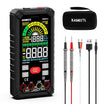
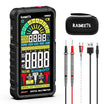
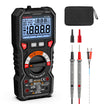
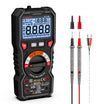

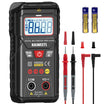
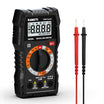
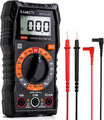
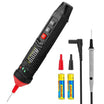
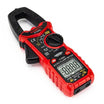
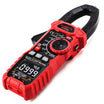
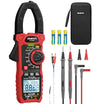
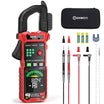

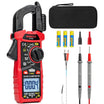


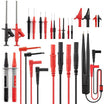



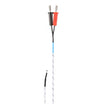
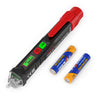
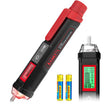


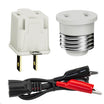
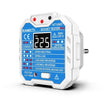
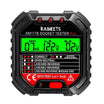
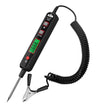
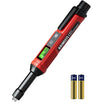

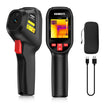
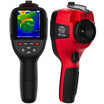
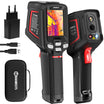
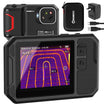

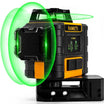






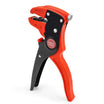
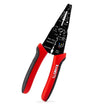





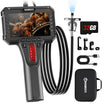

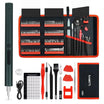



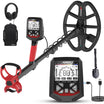

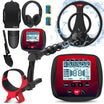



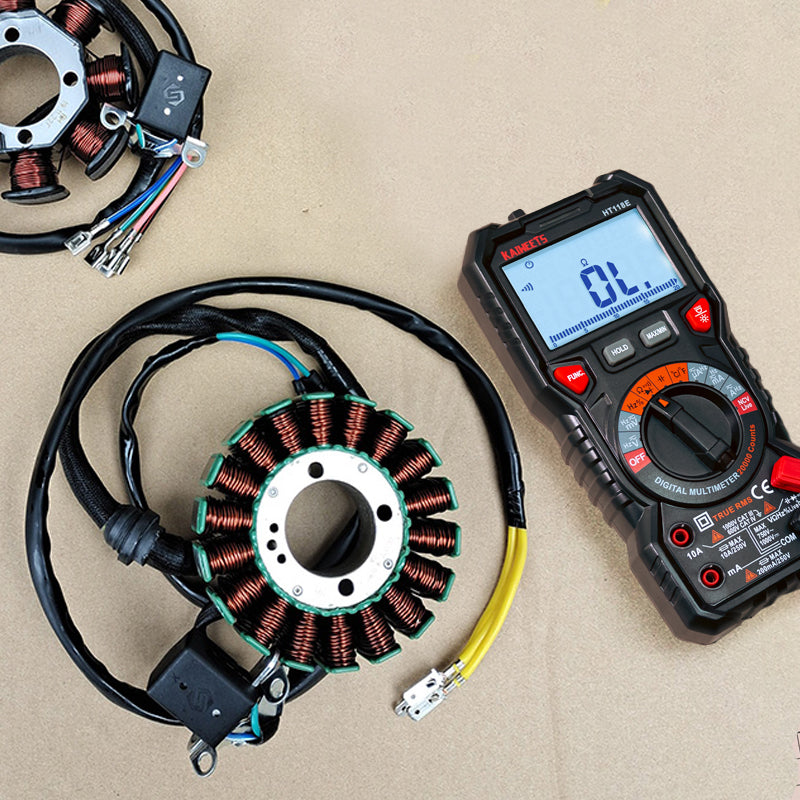
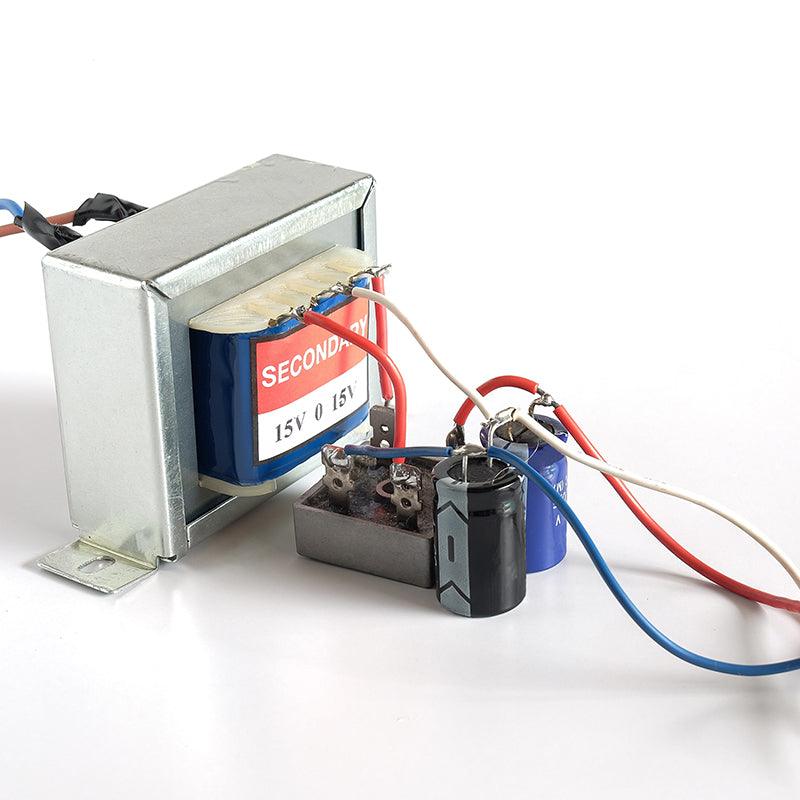
1 commento
Julius musvaire
Very helpful information
Commenta
Nota che i commenti devono essere approvati prima di essere pubblicati.
Questo sito è protetto da hCaptcha e applica le Norme sulla privacy e i Termini di servizio di hCaptcha.